The content of the article
The tradition of tea drinking in each house is different. Someone observes all the subtleties of the ritual, breathes on the seagulls every other time. And someone splashes boiling water into a mug and throws everything there that he finds in the closet. Therefore, few people know how to properly store tea.
It would seem that much is required of ordinary leaflets? If you are a chifira lover, then you can not read. If a professional collector, then you will not be interested. And if the average resident who wants to drink just good tea, then you are welcome.
Storage conditions for tea
To get a familiar drink, you need a little unusual conditions. Each variety of tea requires its own. But in general, they all come down to strict requirements:
Minimum humidity
The leaves are very hygroscopic, absorb water like a sponge. 30-40% - the maximum permissible value for storing tea.
Each time, opening the can, moisture from the air is partially absorbed by the leaves. Mold appears, an unpleasant odor.
Tip. Spread out in small portions, the tea will live longer.
Absolute darkness
Any light, especially solar, is a powerful oxidizing agent. Try to put some tea in the light, then brew it. The difference will be felt immediately.
Tip. If you have to keep the leaves in a bright place, the jar or box should be very tight.
Temperature
It should be in the range from 0 to 18 ° C. Higher temperatures can continue fermentation, which will turn, for example, white or red tea into brown smelly rags.
Tip. The most suitable for storing tea is a cupboard in the kitchen. You can use a separate bread box. Strictly only wooden and always new. Plastic emits chemicals that saturate teas well.
No strong odors nearby
Again the notorious tea absorption. Absorbs absolutely any aroma. Coffee, spices, vinegar, garlic, synthetic smells. Even if they clean onions or fish in the kitchen, and you decide to make some tea. Do not be surprised then “pleasant” aftertaste.
Tip. Some flavored green teas smell slightly like fresh fish. This is a feature of the variety.
A good place for dry brewing is a simple refrigerator. The vegetable compartment is ideal for temperature and humidity. Naturally, you need to keep the tea in individual packaging in order to protect it from the unpleasant odors that are always inside each refrigerator.
Proper utensils
A successful guarantee of high-quality tea storage is a suitable container. Size, light transmission, material, all this is of great importance.
It is not recommended to store tea in a bowl from:
- plastic
- paper
- gland
- tissue
Such materials let air through, interact with the content themselves, oxidizing it.
Most often it is recommended to use containers from:
- porcelain
- ceramics
- foil
- glass
Such boxes or jars do not allow oxygen, light and odors. They do not have their own aroma, moisture does not pass through them. The lid should be tightly ground, glass, metal, porcelain. If a bag of food foil is used, it is better to take it with a “zip fastener” or with a special clothespin for reliability.
If all the boxes or jars are the same outside, you must sign them so that you do not open the lid again, picking the right tea leaves.
Storage Features
It is strictly forbidden to take tea for brewing with bare hands. Pour into storage containers is also better with a special spoon, spatula, just on weight. There are traces of fat and sweat on the hands. They quickly switch to tea leaves, changing its aroma.
You can not ram the leaves. They break down, freeing enzymes and aroma. All this will disappear ahead of time, which will significantly change the taste of the finished drink.
Before purchasing, you must carefully read the information on the time of assembly of tea. Not packaging, namely assembly! After all, a fairly long period can pass, and where and how the tea was stored is unknown.
It is not advisable to change the tea cans. The aromas are mixed, the drink will be irrevocably spoiled. They began to store a particular variety in this container, so only pour such tea there.
A wooden bread box is good, but hardly anyone would think of just pouring handfuls of tea inside. Of course, they put in it individual boxes and banks, tightly closed.
Plastic or plastic bags are completely unsuitable as containers. They condense moisture, and micropores still allow foreign odors to pass through.
Green types of tea are recommended to be kept strictly in airtight packaging. Even observing other conditions, but providing oxygen access, you can inadvertently change the leaves. They are fermented by interacting with air. Instead of fine green tea, a very mediocre red is obtained.
Beautiful earthenware or clay jars for tea can become an element of decor. They do not need to be cleaned in a closet, but also put in direct sunlight is also not worth it. The far corner of the table or shelf hanging away from the stove is a great place. Such containers are pleasing to the eye, bring aesthetic satisfaction and by themselves protect tea from light and moisture.
Most tea shops offer an extensive selection of accessories. Including ware for storage. If possible, it is better to purchase ceramic jars with a silicone lid. Then exactly the tea leaves will be safe and sound.
Mistakes
Often, in the windows of shops you can see glass jars with fragrant leaves. Gift sets with chic decoration are suitable only for delighting aesthetic taste. For true tea connoisseurs, this is ordinary straw. After all, a transparent jar stood in the light, no one knows how much, what kind of aroma or taste can we talk about?
It is recommended to store tea in the freezer. This is pretty good advice when there is little tea or it is used soon. So the tea leaves give a better flavor, it turns out more saturated. But this method is completely unsuitable for large stocks. Being at low temperatures for a long time, tea quickly erodes.
Now it has become fashionable to give tea in beautiful wooden chests. A good storage option, if you know exactly what kind of wood these works of art are made of. Deciduous - the most suitable. A prerequisite is that the chest should not have any synthetic coating inside. Varnishes, paints - it is beautiful, but it smells disgusting. Want to drink solvent-flavored tea? Feel free to choose a fully trimmed chest.
The question of how to store does not apply to packaged types of tea. This is the dust of Indian roads, and not an invigorating healing drink.
It happens that, despite all efforts, tea leaves became unsuitable for brewing. Some sadly throw away precious leaves in a bin, but do not rush. Even spoiled tea can serve. It can be used as a deodorizer. Due to its absorption, it can get rid of unpleasant odors in linen and clothes cabinets, a refrigerator, shoes. It is enough to sprinkle the remaining gulls into the fabric bags, then lay them out at the required places. After a day or less from vile smells there will be no trace. Now you can throw tea with a clear conscience. At least some benefit, if you did not have time to brew and drink.
Even strictly observing all the rules, tea is not recommended to be stored for more than 1.5 years. The exception is only some varieties of green tea, and so recently popular puer.These subspecies from the statute of limitations only benefit.
Sometimes the network comes across recommendations on how to store tea in a specially equipped room, with temperature, humidity and forced ventilation controls. Of course, only a few can afford such a luxury. Basically, these are collectors of elite varieties, the cost of which, sometimes exceeds the price of an average car. An ordinary lover of good tea does not need these excesses at all. It is enough to know the basic rules of storage to enjoy a precious drink.
Before you buy a large supply of your favorite tea, you should take a closer look at the store. If the assortment is regularly updated, then on the shelves boxes and banks are not standing for years. Chances are good to get a drink of the gods. And if packs are standing in the window for months, most likely inside is just grass, without taste and smell.
The most useful thing is to properly store the tea yourself, in order to be sure, you drink what you pay for.
Video: how to store tea

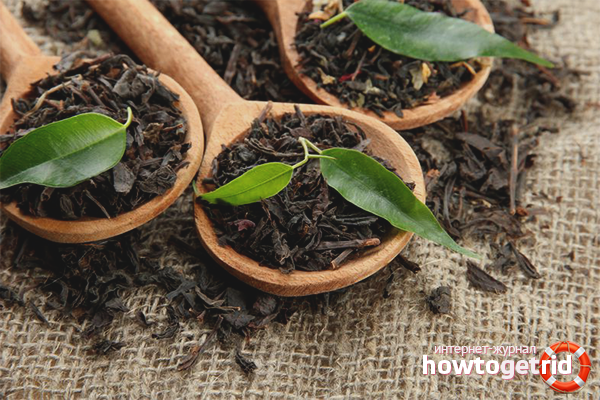
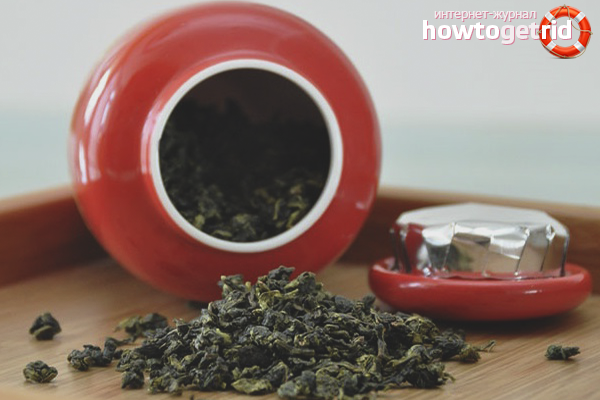
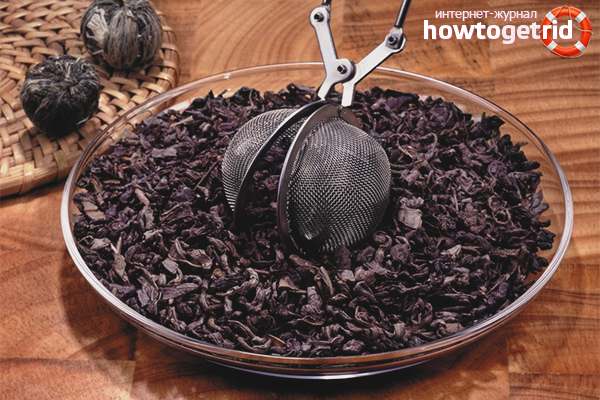
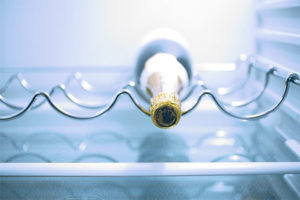
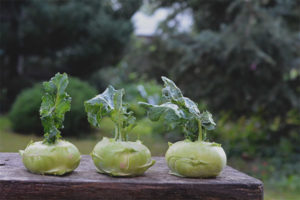
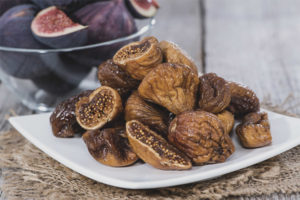

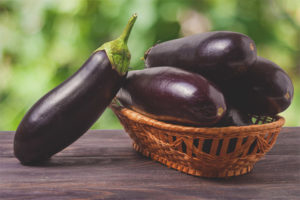
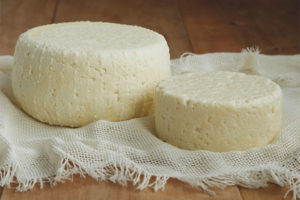
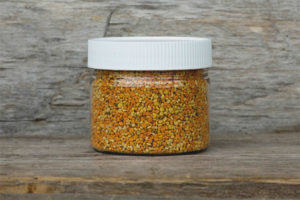
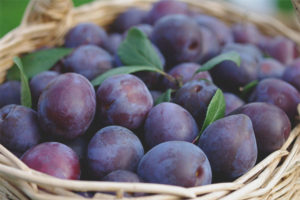
Submit